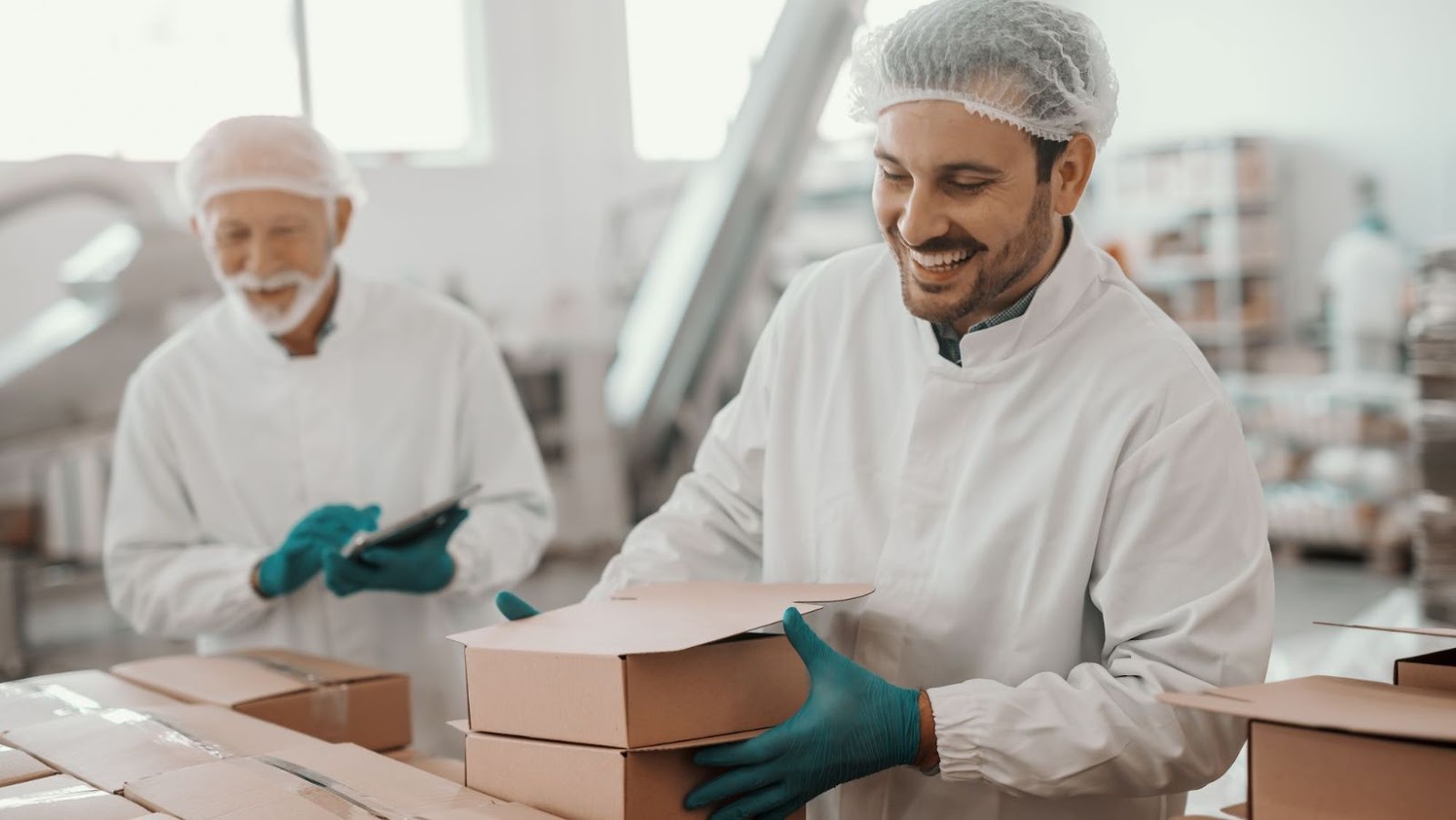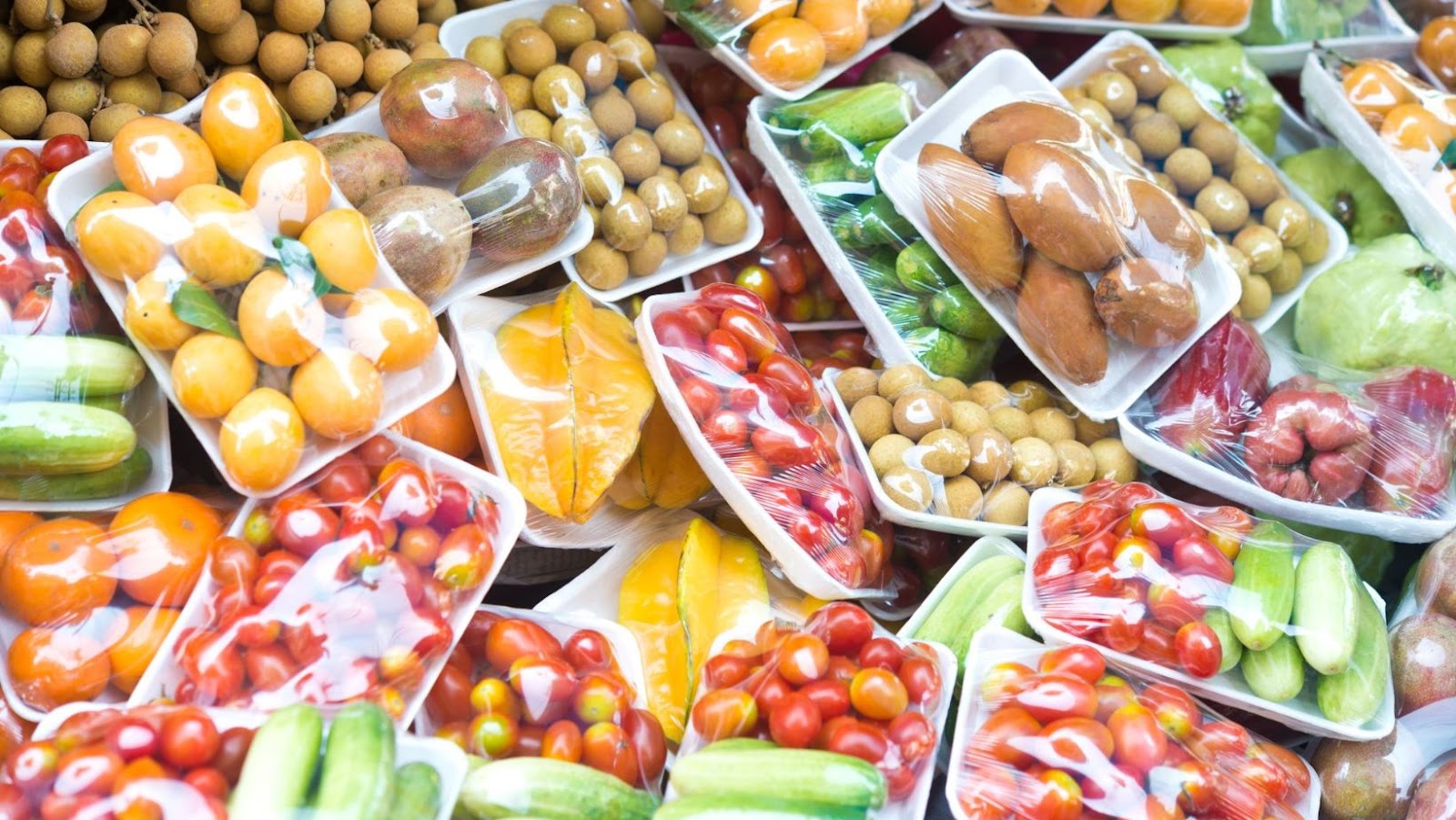How Food Packaging Reduces Health Risks

Food packaging ensures the food it contains is safe and high-quality. It’s a barrier that safeguards its content from contaminants like pests and bacteria. Thus, low-quality packaging may result in harmful pathogens growing unchecked. The aftermath? From spoilage to the development of foodborne illnesses that put public health at risk.
Additionally, substandard packaging may cause chemical migration. A process called leaching occurs when chemicals within the packaging seep into the food. Over time, it can lead to adverse long-term health effects. Furthermore, failure to preserve nutritional quality might inadvertently contribute to the malnutrition crisis.
As such, it’s crucial for businesses in the food industry to elevate the importance of packaging safety. Considering this, here are a few ways food packaging helps minimize health risks:
Efficient Protection
A significant objective of food packaging? It protects its content against external elements like moisture, oxygen, and light. This ensures the preservation of the product’s quality and nutritional value. Manufacturers utilize materials like plastic, metal, and glass to achieve this. In doing so, they consider factors like the product’s shelf life and potential chemical interactions.
Picture this: if you were to purchase food packaging from a reliable supplier, one aspect you’d look for is its sealing capabilities. This way, you prevent harmful contaminants from entering the package, promoting customer health.
Avoiding Cross-Contamination

Cross-contamination prevention is another crucial role of food packaging. An essential strategy includes separating raw from cooked foods, thwarting the growth of bacteria. Hence, packaging design might incorporate dedicated compartments, significantly lowering contamination risks.
Take pre-packaged salads, for example. Some salad kits include multiple layers to hold different ingredients or salad dressings. By maintaining separation until the moment of consumption, they mitigate cross-contamination risks. Moreover, they ensure the food retains its freshness. Another type of packaging that demonstrate similar features are Custom stand-up pouches, which can keep food fresher for longer and provide excellent barrier control to protect against the elements.
Preventing Chemical Migration
Taking a holistic approach to packaging design also means curbing chemical migrations from the material to the food. Some substances, if ingested, might pose hazards. To sidestep such risks, manufacturers often opt for materials devoid of toxic chemicals. This careful selection ensures any possible migration remains benign to consumers.
A case in point? The ongoing phase-out of bisphenol A (BPA) in products like water bottles and refillable containers. This action by manufacturers aims to eliminate the risk of BPA leaching into the beverages, fortifying consumer safety.
Allergy Warnings and Nutrition Information
Think of the packaging as one’s guidebook that talks about potential allergens, vital nutrition facts, and more. But that’s not all. It also holds the key to smart food choices. A detailed nutrition label sits on it, like a roadmap to one’s diet. It points out essential nutrients, counts calories, and sets serving sizes. With it, steering toward a healthy diet could be more achievable.
Preserving Freshness
Last but not least, remember how crucial food packaging is for preserving freshness. Ever heard of modified atmosphere packaging or MAP? It’s a game changer as it tweaks the inside environment to stretch the product’s shelf life. A win-win for producers and consumers, this smart packaging design curbs food waste while ensuring fresh goods for consumers.
Tips for Ensuring the Safety of Food Packaging
The following is a list of strategies for safe food packaging:
- Ensure all packaging materials are food-grade, meaning they’ve been approved for direct contact with food. Food-grade materials are free from toxic chemicals and substances that could leach into the food.
- It’s equally important to educate workers about potential food safety hazards. Consequently, it’s wise to implement training about this concern to reduce consumer risks.
- It’s best to keep packaging areas clean and hygienic to prevent contamination. So, enforcing strict cleaning schedules and hygiene protocols is essential.
- Properly seal the products to prevent exposure to air and microbes. A good seal also helps maintain food freshness and extends shelf life.
- The correct temperature is critical. Depending on the food, it might be best to package it at a low temperature, especially for perishables. This move hampers bacterial growth.
- Regular inspections and audits ensure that safety standards are met consistently. This includes both internal audits and those conducted by external regulatory bodies.
- Using technology to enhance safety is essential. Consider using quick-response (QR) codes that provide traceability and authenticity. Likewise, you may include packaging that changes color, indicating food spoilage, which protects consumers from poisoning.
With these tips, you could preserve food quality, enhancing customer trust.
Final Thoughts
Food packaging is more than just visuals. It plays a critical role in keeping health hazards at bay. For starters, food-grade packaging materials hold off unwanted cross-contamination. Furthermore, this barrier mitigates the chance of chemical migration, stopping substances from sneaking into the food. Lastly, don’t forget the allergy warnings and nutrition labels; they’re lifesavers.





